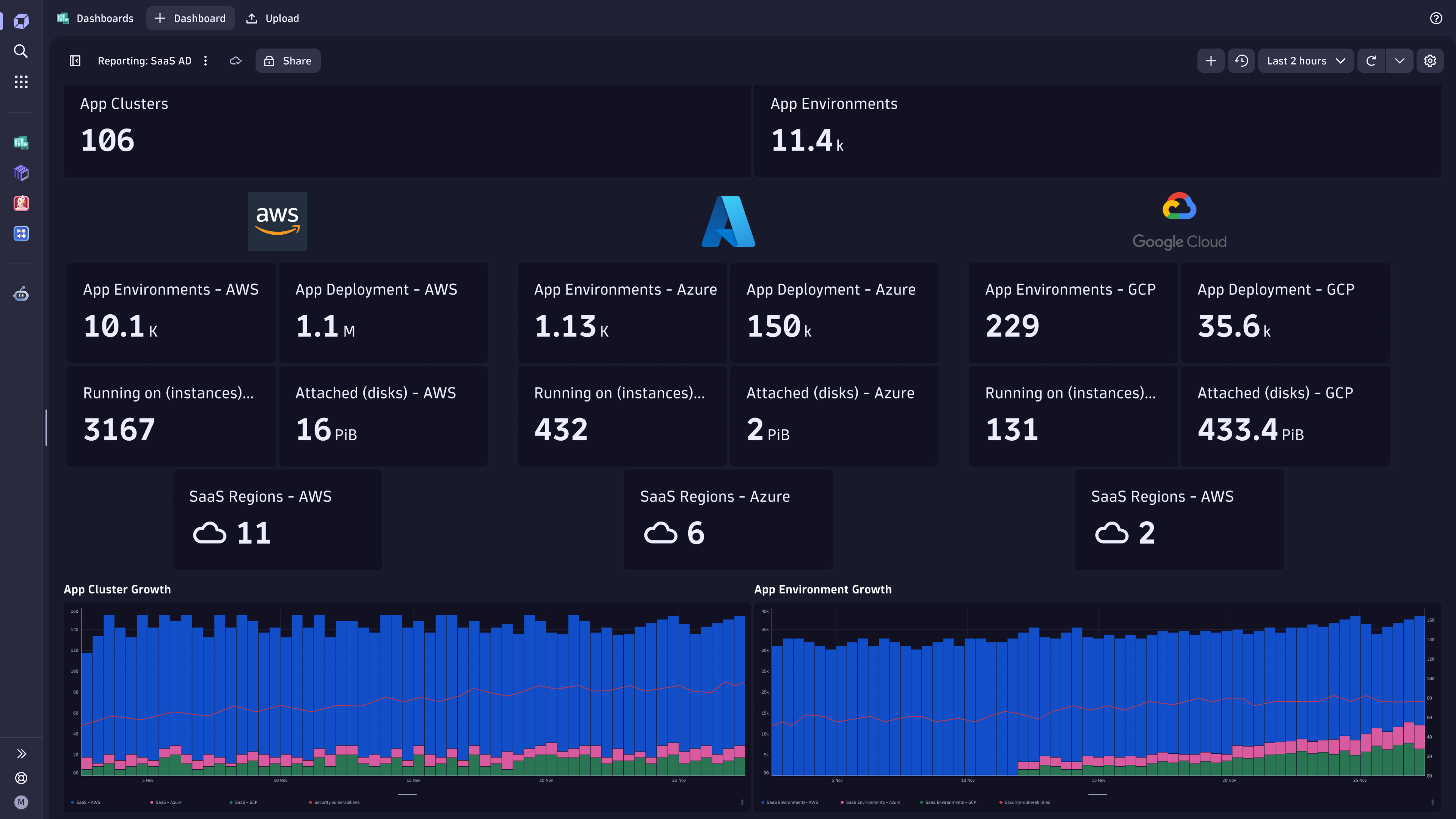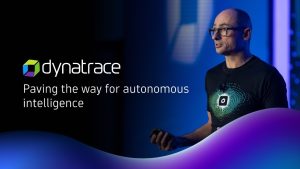As executives, we drive change, balancing modernization speed with its risks. Technology—both a blessing and a curse—not only propels businesses forward but also adds complexity as developers introduce new innovations to enhance customer services and competitiveness.
Anticipate future customers’ needs
Anticipating customer needs three to five years ahead helps to reduce wasted investments into “wants” and directs them toward “needs” that future-proof the business.
This mentality has driven me to continuously innovate and reinvent Dynatrace®. My ongoing evaluation of how technology changes the way digital services are architected allowed me to recognize early on that change is on the horizon. The rise of cloud-native technologies, the convergence of observability and security, and the demand for actionable insights required a new approach to managing data at an exabyte scale, as existing databases could no longer keep up.
Change is constant
In our fast-paced world, success requires thinking big but acting small to create value quickly and sustainably. For cloud modernization, this means executives must change how software is built, operated, and secured; improve collaboration processes; and increase automation.
Dynatrace gives executives an indispensable platform for driving this change in the following three ways:
- Enabling a modern AIOps strategy,
- Accelerating software delivery, and
- Making scarce engineering resources more productive.
Key insights for executives
- Modern AIOps and AISecOps from Dynatrace get us closer to NoOps and NoSoc than ever with help of hypermodal AI
- Early investment into automation pays off, and the 100 ready-made use cases from Dynatrace accelerate software delivery with confidence
- Extend to the left has become the modern shift left, and Dynatrace accelerates productivity with contextual analytics, AI, automation, and platform engineering
1. Go beyond traditional AIOps
The first wave of AIOps investment was about “noise reduction.” This has been helpful but falls short of the potential offered by the preventive NoOps and NoSOC approaches that many executives seek AI to enable.
With current hype causing a resurrection in AI investment, it is tempting to believe that this time, machine learning and generative AI will fulfill the promises of the past. However, while the advances in machine learning-based AI are a huge step up for many use cases, it is still problematic to apply it to prevent incidents and errors in IT systems. Why? Because training an AI requires errors, failures, and behaviors to occur many times to ‘learn’. While the exact numbers may have been reduced by the advances in generative AI, which executive wants to have service outages just to train AI to prevent them in the future? Even if it was possible to arrive at a trained model, it would quickly become obsolete as services get updated and new features introduced.
As we consider a way forward, I urge all executives to recognize that we are in the trough of disillusionment in the AI hype cycle. This is good news, as it allows us to think more rationally. We need to understand that there are multiple types of AI, each suited for different purposes.
Dynatrace is uniquely designed to help executives elevate their AIOps – and AISecOps strategy – to a different level by combining multiple types of AI in a single framework known as hypermodal AI: the power of predictive AI, causal AI, and generative AI for observability, security, and business use cases. Proven by thousands of customers in large-scale IT deployments, this approach delivers greater speed, automation, and precision.
Our hypermodal AI automatically infers the root cause of issues based on a real-time updated graph without needing to learn. Now, it is more feasible than ever to automate workflows for self-healing, security investigation, and preventive operations to deliver great software with confidence, all while enhancing security measures and boosting productivity.
2. Accelerate software delivery
One of the best features of the cloud and Kubernetes® is achieving most availability needs with minimal effort, a major improvement over the classic datacenter model. This allows executives to focus on accelerating software delivery. However, the inverse Pareto principle applies: achieving the final 20% of flawless, secure services requires 80% of the effort.
That’s why APIs have become my favorite feature of the cloud as the key to automate and orchestrate. This is where Dynatrace comes in. Dynatrace integrates with the cloud ecosystem and DevOps toolchain to enhance automation across software delivery, resilience, and security throughout the software lifecycle.<
Throughout the ten years since we embraced NoOps at Dynatrace, I understood the temptation to favor releasing new features over investing in automation. Automation always paid off. We have since developed over 100 ready-made use cases to support platform engineering across the software delivery lifecycle. From development and release to operation and flaw prevention, prediction, and resolution, Dynatrace offers a robust data analytics-driven automation platform.
We’ve seen the many benefits of investing in automation, including the following capabilities:
- Releasing faster and securely with automated quality and security gates
- Catching bugs earlier, before customers experience them
- Preventing issues with predictive operations
- Avoiding unnecessary high consumption and cost with causal and predictive auto-scaling
- Empowering developers with context-rich insights derived from self-service observability and security
- Orchestrating more intelligently with real-time user behavior and business data
In a nutshell, Dynatrace allows executives to accelerate software delivery with confidence.

3. Increase teams’ productivity
As Dynatrace CTO, one of the questions constantly on my mind is: how can I enable my team to be more productive?
Over the past 15 years, most of us have embraced the “shift left” ethos to empower software developers. The earliest iteration of this was the “you build it, you run it” mentality. However, given the responsibilities of creating enterprise-scale and secure software, the “extend left” ethos proves to be more successful and fitting for cloud modernization.
Extend to the left: The modern “shift left”
“Extend left” refers to sharing responsibility amongst developers and operations teams, through adding more self-service for developers while retaining consistency, tooling and knowledge management with central teams.
As neither full decentralization nor full centralization will be effective, a hybrid model, supported by platform engineering approaches, is much more likely to succeed. Centralizing the necessary expert knowledge within a platform engineering team enables rapid, secure, and safe software delivery. At the same time, this approach decentralizes innovation, making it accessible to many.
Dynatrace was created to enable precisely this approach, leveling up developer experience by providing self-service capabilities while allowing central safety and oversight maintenance. This gives executives the best of both worlds: decentralized autonomy supported by centralized governance and control.
Armed with the use cases across the three areas outlined here, executives can modernize their cloud operations faster and equip their teams with the capabilities they need to accelerate innovation confidently. As a result, they will be better placed to anticipate change and continuously reinvent their organization to stay ahead of the market.




Looking for answers?
Start a new discussion or ask for help in our Q&A forum.
Go to forum